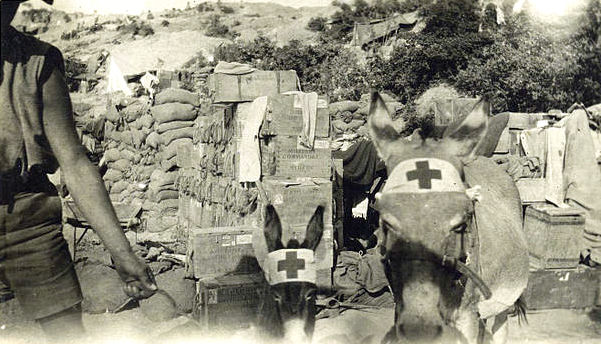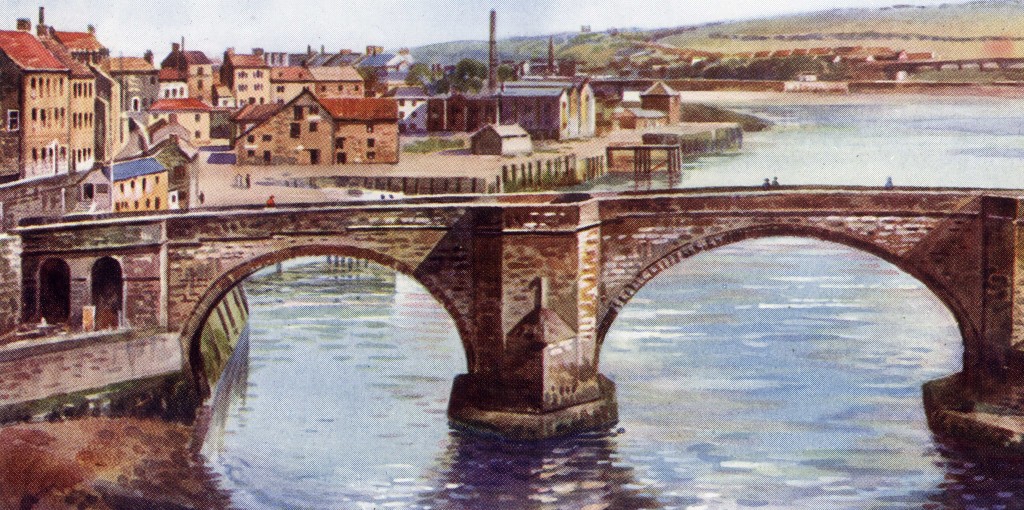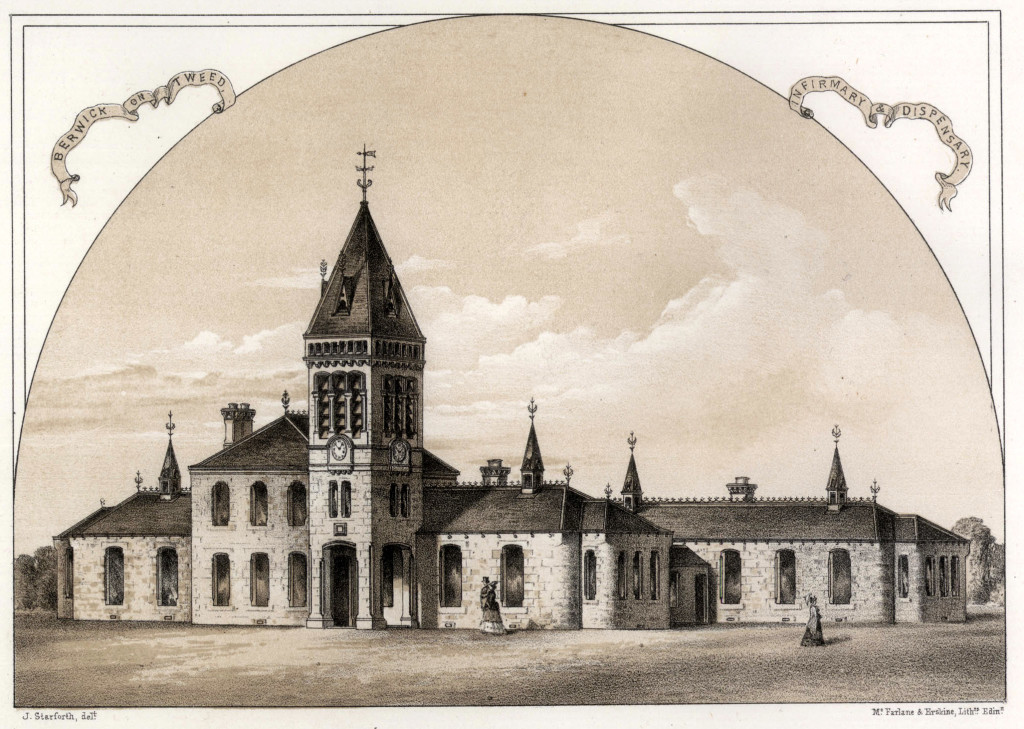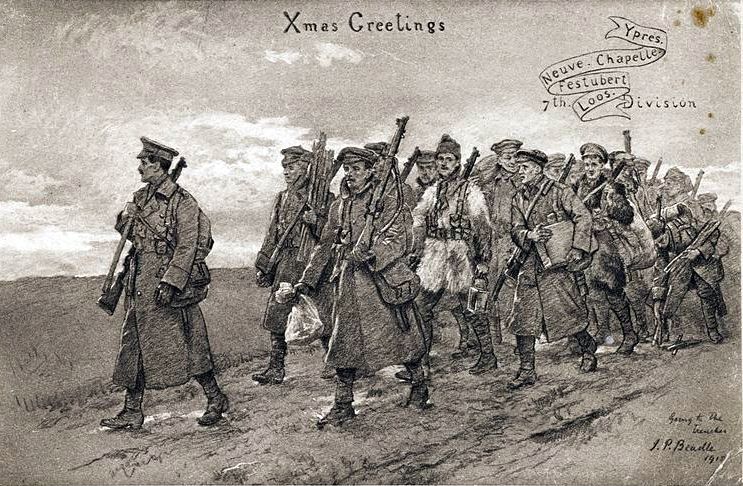BORDER TRAIN MYSTERY
Unidentified Young Lady’s Fatal Fall
WAVERLEY ROUTE EXPRESS HER MOVEMENTS PRIOR TO THE FATALITY TRACED
East Lothian, Berwickshire and Berwick police are making every endeavour to establish the identity of a young lady who met her death as a result of injuries received by falling from the 9.45 Edinburgh to Melrose express on the night of Monday 7th February, between Fushiebridge and Borthwick Bank, between Edinburgh and Galashiels. The attention of a signalman at Fountainhall was drawn to a door of a compartment n the express swinging open as the train passed, and the train passed, and the train being stopped a search was instituted along the line with the result that the lady was found lying on the embankment of the line suffering from severe injuries to the head. She was conveyed to the Cottage Hospital, Galashiels, where she died without regaining consciousness before midnight.
It was soon ascertained that she had booked at Waverley Station for Melrose, travelling 1st class, and the fact that she had no hat on attracted attention. No hat was found in the compartment or near the body after the accident, nor has the railway ticket been found or near the body.
The lady appeared to be about 24 years of age, and wore her hair bobbed. She was attired in a dark blue costume with brown shoes and stockings, and wore a gold wristlet watch. She had a light suede bag with her containing about £5 in money, a silver cigarette case, a photograph and a box of ointment which had been prepared by Mr Alex. Cairns, chemist, Berwick-on-Tweed. The police not being able to trace the lady’s relatives, the body was interred at Eastlands Cemetery, Galashiels.
MOVEMENTS PRIOR TO ACCIDENT TRACED IN BERWICK AND DUNS
Enquiries have established beyond doubt that the young woman arrived in Berwick and stayed at the King’s Arms Hotel on Saturday, the 5th February. She stayed overnight and signed the hotel register “Elizabeth Grey, Newcastle.” parties who saw her at the hotel noticed that she was a woman of some education who spoke in a refined voice with just a little north-country accent.

She seemed very quiet and reserved and it was noticed that her hat was a waterproof one which formed a detachable part of a shower-proof outfit which she carried over her arm. She went out into the town during the day and it was either at mid-day on Saturday or Sunday that she called at mr Cairn’s chemist shop in Castlegate and purchased the box of foot ointment which was later found on her body. The shop assistant is not sure of the exact time and day when she made the purchase, but this is not material.
So far as can be gathered the lady (or a lady answering the description) was seen near the station about one o’clock on Sunday, 6th February. Whether she had been ascertaining if a train was available to Duns has not been elicited, but the fact is established that she arrived in Duns about quarter past six on Sunday night tired and footsore, and told Mr Prentice of the White Swan Hotel that she was on a walking tour and intended to stay the night after having walked from Berwick.
Since the tragedy, Mr Prentice has identified the body as the lady who stayed at his hotel, signed the register “Elizabeth Guy, Newcastle” (but this no doubt was Elizabeth Grey), as the writing was not very clear). At half past ten on Monday morning the lady left the “Swan” and announced her intention of walking to Haddington. Here there is a break in the chain of evidence at hand at present, for it is certain she could not have reached the Waverley Station, Edinburgh, by 9 o’clock that night unless she had received a “lift” on the rod by some passing motorist. The police would be glad, if any motorist did give the lady a “lift”, to hear if any conversation passed which would throw light on her identity. Up to Monday enquiries made by the police in Northumberland and Durham failed to bring any clue to the lady’s home.






